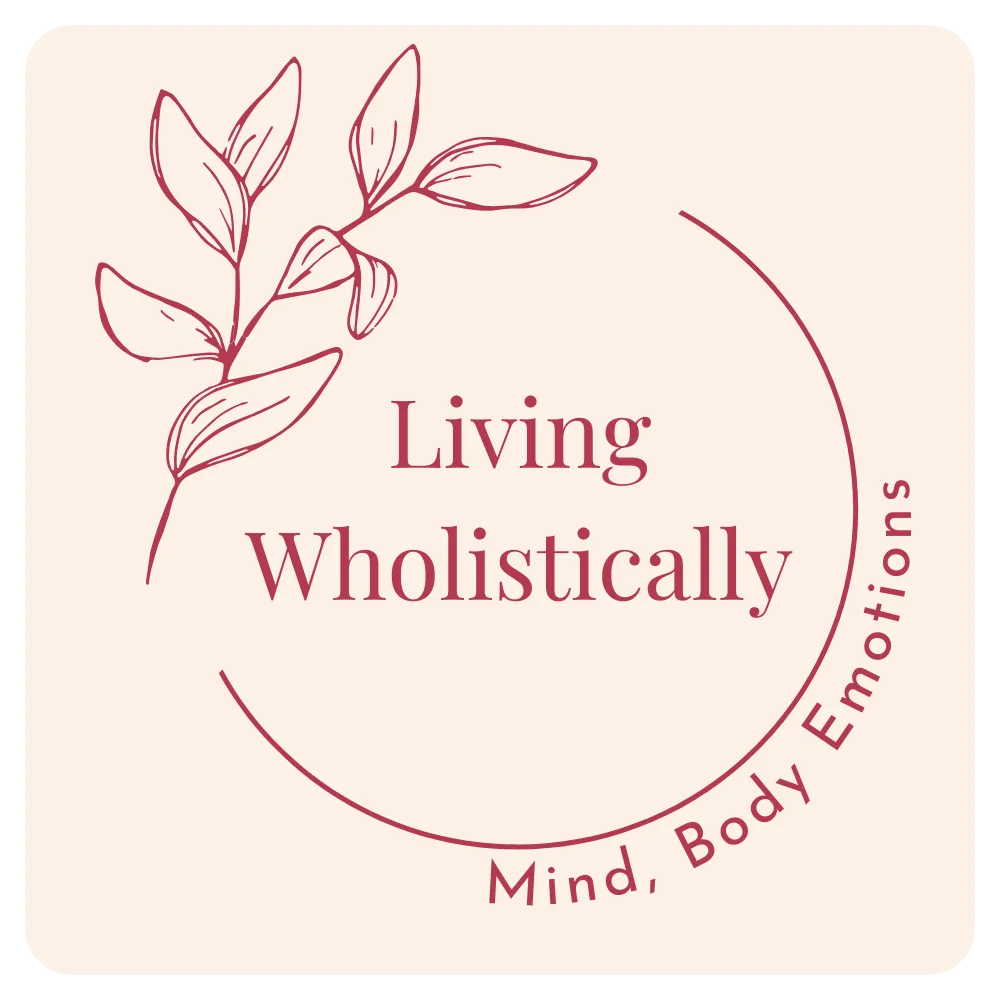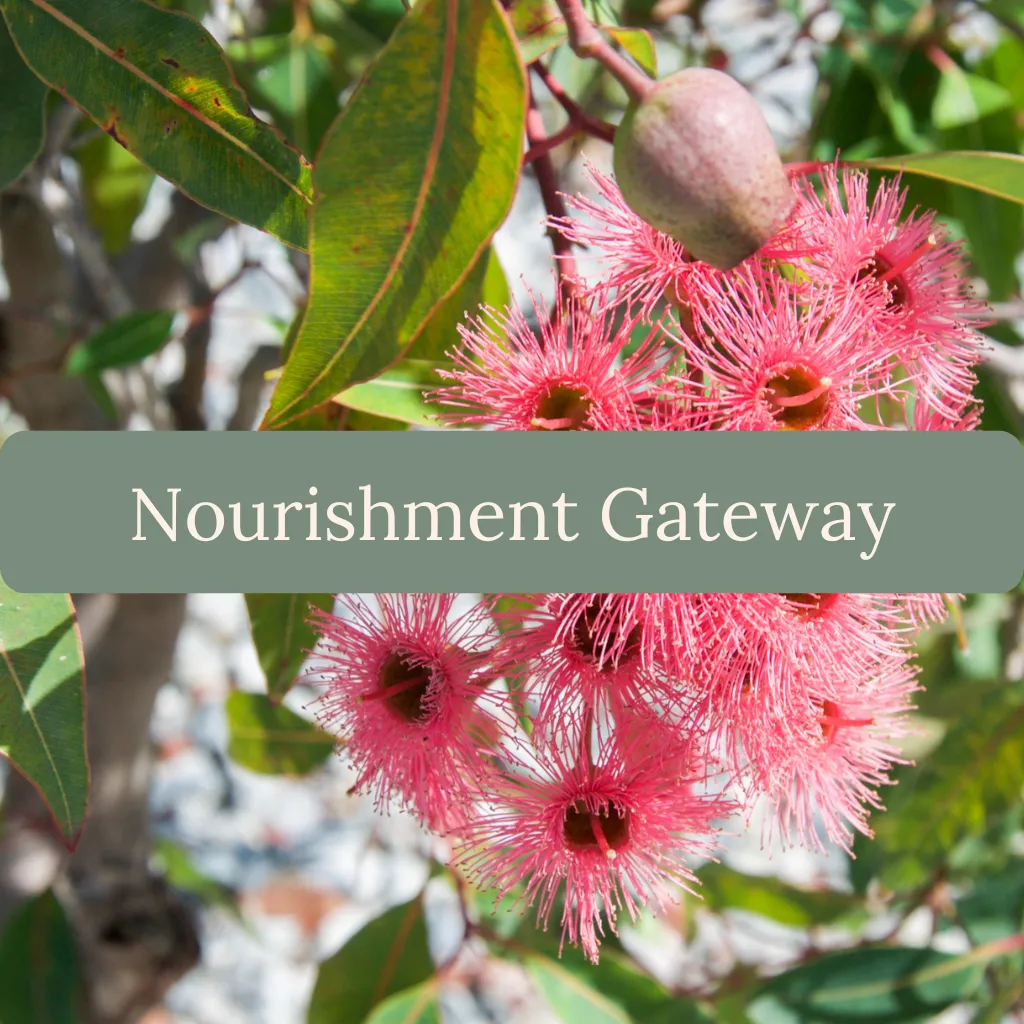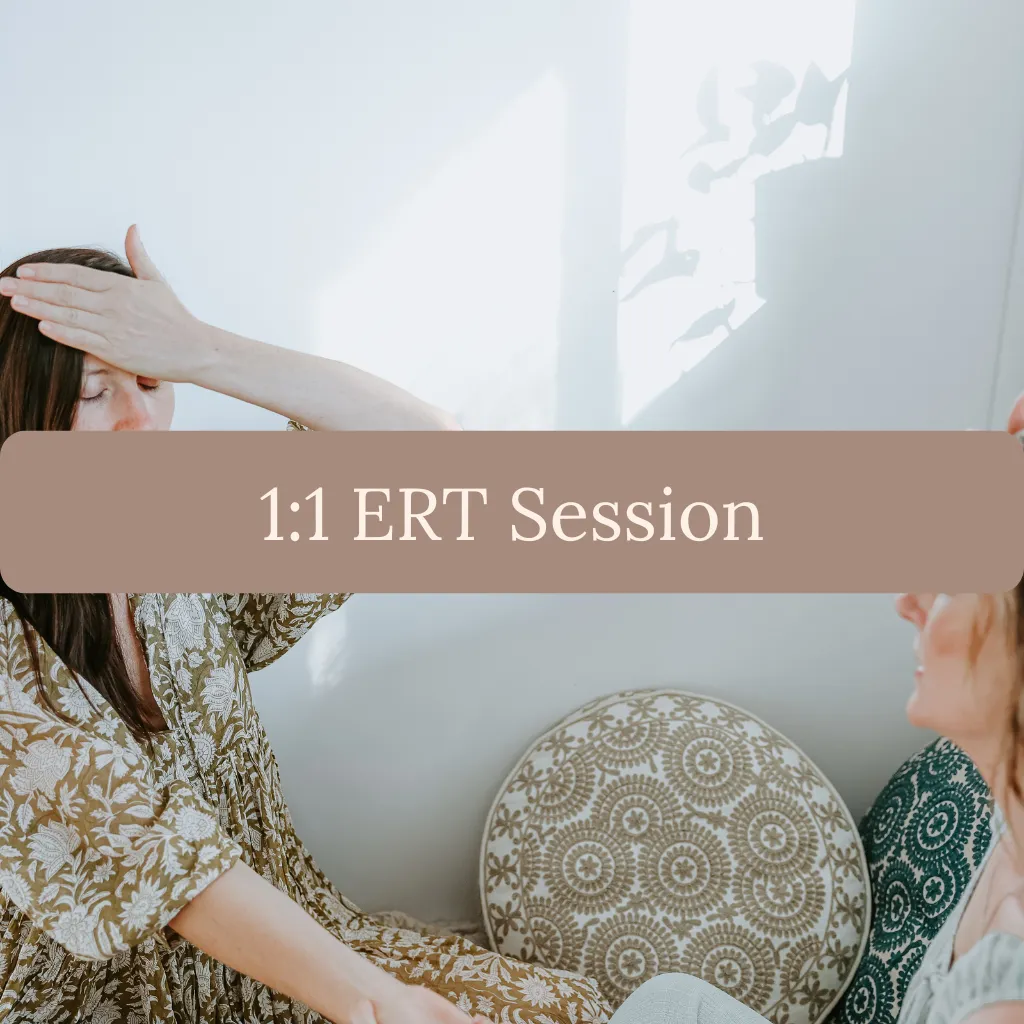Understanding Emotions: The Language Of Inner Wisdom
Originally published: 27 March 2024. Last updated: 8 June 2025.
Have you ever found yourself overwhelmed by a feeling, unsure where it came from or why it feels so strong?
That’s emotion doing what it’s designed to do — trying to get your attention.
Your emotions aren’t random. They’re not inconvenient glitches in your system. They’re messengers. Signals. Vital inner guidance trying to tell you something important about what’s happening inside and around you.
But in our culture, we’ve been taught to suppress them.
To stay rational. Stay calm. Stay in control.
The result? A society full of emotionally dysregulated bodies trying to pretend everything’s fine.
It’s time to change that.
Emotions are the language of your inner wisdom. The more fluent you become in that language, the more grounded, clear, and resilient you’ll feel — even in the mess.
What Emotions Really Are
You might’ve heard this before: Emotion = Energy in Motion.
And it’s true. Emotions are physical as much as they are mental or energetic. They create real, measurable changes in your body — heart rate, breathing, posture, muscle tone — and when expressed naturally, they move through you.
But when emotions are suppressed, judged, or denied, that energy doesn’t disappear.
It stays in the body.
It lingers in your tissues, your nervous system, your patterns.
And over time, those stuck emotions can contribute to physical symptoms, mental health challenges, and chronic stress or disease.
Your Body Knows How To Process Emotion — If You Let It
You were born knowing how to process emotion.
When you’re angry, you want to hit, stomp, yell, move with force
When you’re sad, you want to cry, curl up, rock, or be held
When you’re scared or shocked, you want to run, jump, or shake it out
These are all healthy, instinctive physical responses.
But most of us were told to be quiet. To calm down. To stop being dramatic.
So we learned to hold it in.
To override the urges.
To disconnect from the body’s natural emotional cycle.
And now? Most adults are walking around with decades of unprocessed emotion stored in their systems — waiting to be acknowledged, felt, and released. Or waiting to be triggered...
When you’re triggered, it’s not your adult self reacting — it’s a younger version of you.
Think of yourself like a nesting doll. Every age and version of you still lives within you.
And when something touches a wound that hasn’t healed, your inner child — 5, 8, 12, 16 years old — takes the wheel.
That younger self doesn’t have the tools you have now.
She’s responding the way she needed to survive back then.
And that’s why emotional healing isn’t just about logic or “being more mature.”
It’s about processing these old stuck emotions and also about reparenting your inner child. Soothing. Making space for those younger parts to be seen and safely released.
There Are No “Bad” Emotions
Anger, sadness, jealousy, fear… they’re not bad. They’re not the opposite of reason or intelligence.
They’re important.
They serve a purpose.
Your emotions:
Help you survive
Signal what matters to you
Protect your boundaries
Connect you to others
Motivate you to change
Without emotion, you wouldn’t have direction or values. You wouldn’t know what to say yes or no to. You wouldn’t know what to stand up for — or walk away from.
Emotions are information. You don’t need to be afraid of them. You just need to learn to listen to them — and to let them move.
Why You Can’t “Just Control It”
So many women tell me, “I should be able to control my emotions better.”
But here’s the truth: unless you’re in the middle of a truly extreme or traumatic situation, emotions aren’t actually unbearable in themselves — they only feel that way because they’ve been suppressed for so long.
Most people aren’t taught how to express their emotions safely and consistently. Instead, we’re taught to hold them in. To not be “too much.” To not upset anyone. To be polite, quiet, stable.
Sound familiar?
It’s especially true for women. We’ve grown up hearing things like, “You’re so emotional,” or “Are you on your period?” whenever we express anger, tears, or strong emotion. Over time, we internalise the message that our emotions make other people uncomfortable — and that it’s our job to manage their discomfort by staying small and silent.
But here’s the kicker: emotions don’t just disappear when ignored. They build. They compound. And eventually, they overflow — often at the wrong time, in the wrong place, and at the wrong person.
So when you’re triggered, it’s not just your inner child reacting (although that’s part of it — like the nesting doll analogy). It’s also your adult self, finally letting out a backlog of emotion you never allowed yourself to express. You’re reacting to this moment and every other moment like it that you didn't process at the time.
This is why emotional regulation isn’t about control. It’s about expression.
It’s about learning to feel your emotions in real time — instead of bottling them up until they explode.
When you start to both express your emotions in real time and process old stuck emotions, your emotions begin to settle.
They become softer.
More like a whisper than a shout.
And when you can hear them clearly, you don’t need to “control” them — because you’re listening the first time.
Your Emotions Aren’t Too Much
You are not broken for feeling deeply.
You are not weak for being triggered.
You are not failing if you find yourself reacting in ways you don’t understand.
Your emotions are your body’s way of saying, “Something here needs attention.”
And when you learn to honour them instead of hide from them, you begin to build trust — not just with your emotions, but with yourself.
If you’re ready to explore what your emotions are really trying to say, I’d love to support you. You can book a one-off ERT session or get consistent emotional healing in Upgrade Your Life with ERT - my weekly group ERT membership.
Because when you release what’s stuck, you make space for so much more — clarity, calm, connection, and joy.




